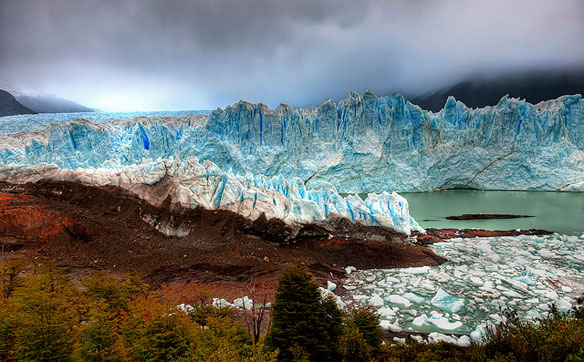
Photo source: ©© Trey Ratcliff
Heinrich events, first described by marine geologist Hartmut Heinrich, occurred during the last glacial period, or “ice age”. During such events, armadas of icebergs broke off from glaciers and traversed the North Atlantic. The icebergs contained rock mass eroded by the glaciers, and as they melted, this matter was dropped onto the sea floor as “ice rafted debris”. Scientists drilling through marine sediments can distinguish six distinct events in cores of mud retrieved from the sea floor, which are labelled H1-H6 going back in time; there is some evidence that H3 and H6 differ from other events.
The icebergs’ melting caused prodigious amounts of fresh water to be added to the North Atlantic. Wikipedia
Excerpts;
An analysis of prehistoric “Heinrich events” that happened many thousands of years ago, creating mass discharges of icebergs into the North Atlantic Ocean, make it clear that very small amounts of subsurface warming of water can trigger a rapid collapse of ice shelves.
One of the most vulnerable areas, the West Antarctic Ice Sheet, would raise global sea level by about 11 feet if it were all to melt…
Read Full Article, By Oregon State University, in Science Daily









